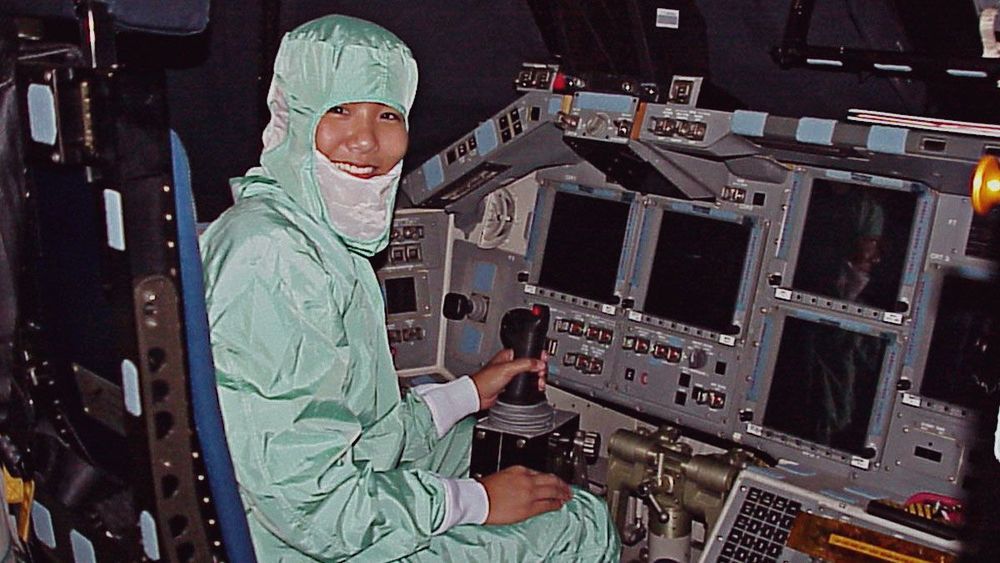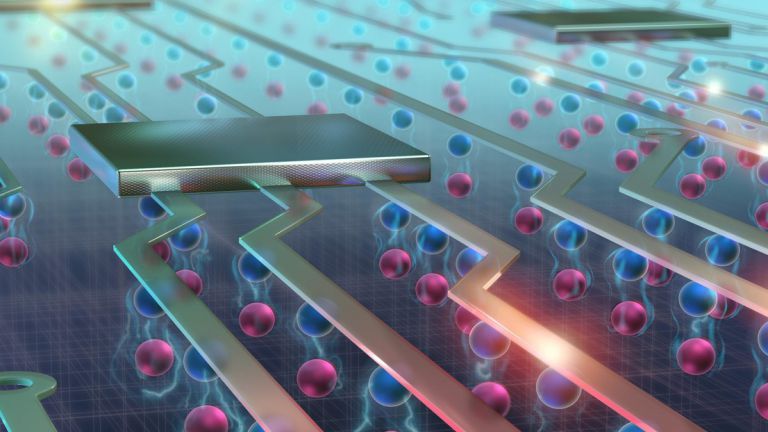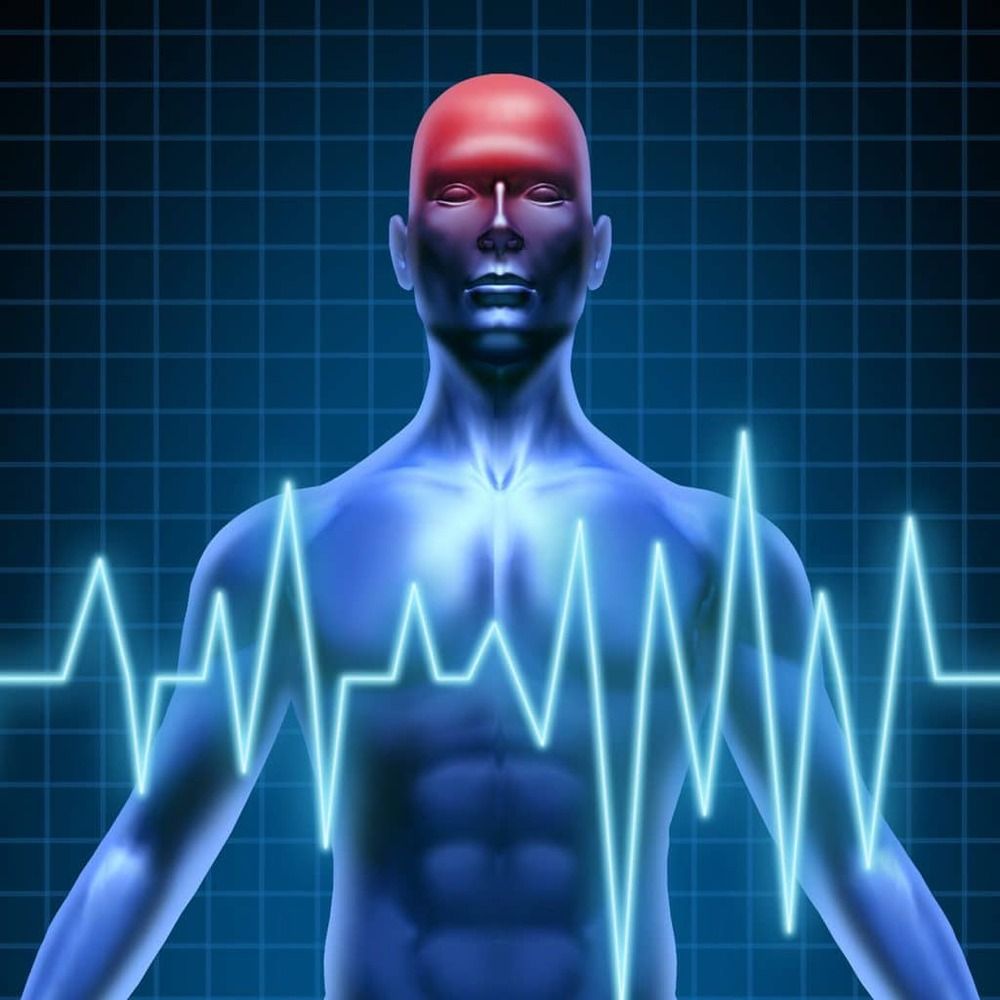“Push your limits, get out of your comfort zone, and pick tasks that are harder than what you’re used to,” she says.
Science wasn’t always her first choice.

“Push your limits, get out of your comfort zone, and pick tasks that are harder than what you’re used to,” she says.
Science wasn’t always her first choice.

Get ready to get excited about excitons.
Excitons are quirky quasiparticles that exist only in semiconducting and insulating materials. Recently, a team of researchers in Lausanne, Switzerland discovered a way to control how excitons flow. Not only that, they also discovered new properties of the particles which they claim could lead to a new generation of electronic devices with transistors that lose less energy as heat. The results of their study were published this week in the journal Nature Photonics.

The image here come from Elon Musk and is concept art of the Starship test vehicle SpaceX is currently assembling at its Boca Chica, Texas launch facility. The real thing will be even better. This test vehicle is shorter and lacks the windows of the production ship that will eventually go into production.
Starship test vehicle under assembly will look similar to this illustration when finished. Operational Starships would obv have windows, etc. pic.twitter.com/D8AJ01mjyR

Scientists in Europe and the United States face an uncertain political landscape in the new year, which could affect funding and collaborations. The threat is most acute in the United Kingdom, which plans to exit the European Union in March but has not settled on the terms of its departure. Some big research findings could share the headlines, however, including the first clear images of the supermassive black hole at the heart of our galaxy, from astronomers in an international collaboration called the Event Horizon Telescope. Science’s news staff forecasts other areas of research and policy likely to make news this year.
Science’s news editors and writers predict this year’s biggest developments.
Simulative Emotional Expression Robot



It’s as close to silence as whispers get.

A new study has discovered that patients with high blood pressure and abnormalities in the periventricular white matter in the brain showed signs of cognitive impairment despite taking medication to lower their blood pressure.
High blood pressure has been linked to an increased risk for dementia, but what’s unclear is what kinds of subtle negative changes take place in the brain that may affect cognitive function, according to researchers. Finding new ways to detect minor types of cognitive impairment may help determine who is at risk for early-stage dementia, they noted.
In the study, researchers looked at 345 men and women with a median age of 65 who had high blood pressure.